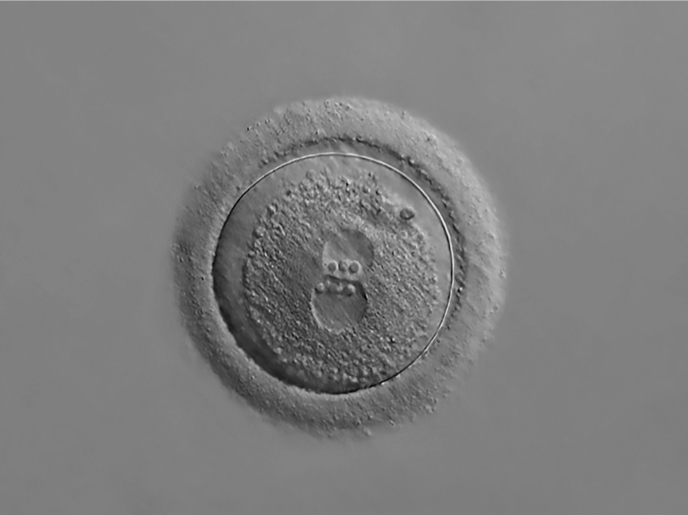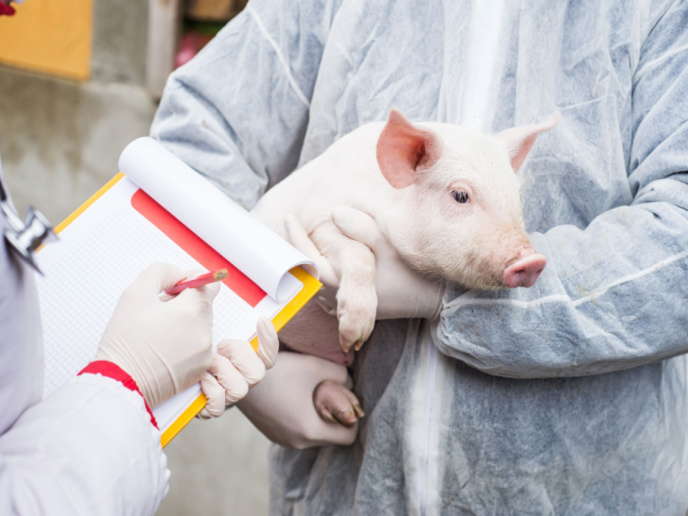Pathogenesis of food-poisoning
Salmonella enterica is responsible for global pandemic foodborne infections. Not only that but it can also cause systemic and invasive infections with a high mortality rate. Due to the massive diversity of more than 2 600 serovars within this species many can live in the intestines of livestock and contaminate the food chain. Salmonellosis is therefore associated with animal products and produce, such as eggs and poultry meat. The EU-funded 'The role of Salmonella pathogenicity islands in salmonellosis outbreaks and invasive disease' (ROLE OF SPIS) project has investigated the impact of genetic variation in different serovars of Salmonella. The team looked specifically at the distribution of variable virulence factors among Salmonella serovars and the role they play in disease. Fuelling evolution of the different serotypes is the ability to acquire new genetic elements into their genome. Many of the virulence factors lie on mobile elements free for transfer. Key characteristics that may be passed horizontally include new metabolic pathways, general fitness, and microbial resistance, significantly contributing to the success as a pathogen in different ecological niches. ROLE OF SPIS looked at factors particularly important to human health. Researchers focused on genotypic and phenotypic characteristics in relation to causing invasive disease by Salmonella. Using Israel as a case study, they looked at an outbreak and the emergence of a new Salmonella Infantis strain and analysed this emergence from the evolutionary and molecular point of view. Worryingly this new serovar is showing a complex multi-drug resistance and horizontal acquisition of various virulence factors. Many scientific journals have covered the research from ROLE OF SPIS and results have featured in international conferences. Information on molecular pathways of microbes with devastating effects in pandemics could form the basis of new therapies in readiness for an outbreak.
Keywords
Food-poisoning, Salmonella enterica, sepsis, contaminate, food chain, serotype, virulence, microbial, drug resistance, outbreak







